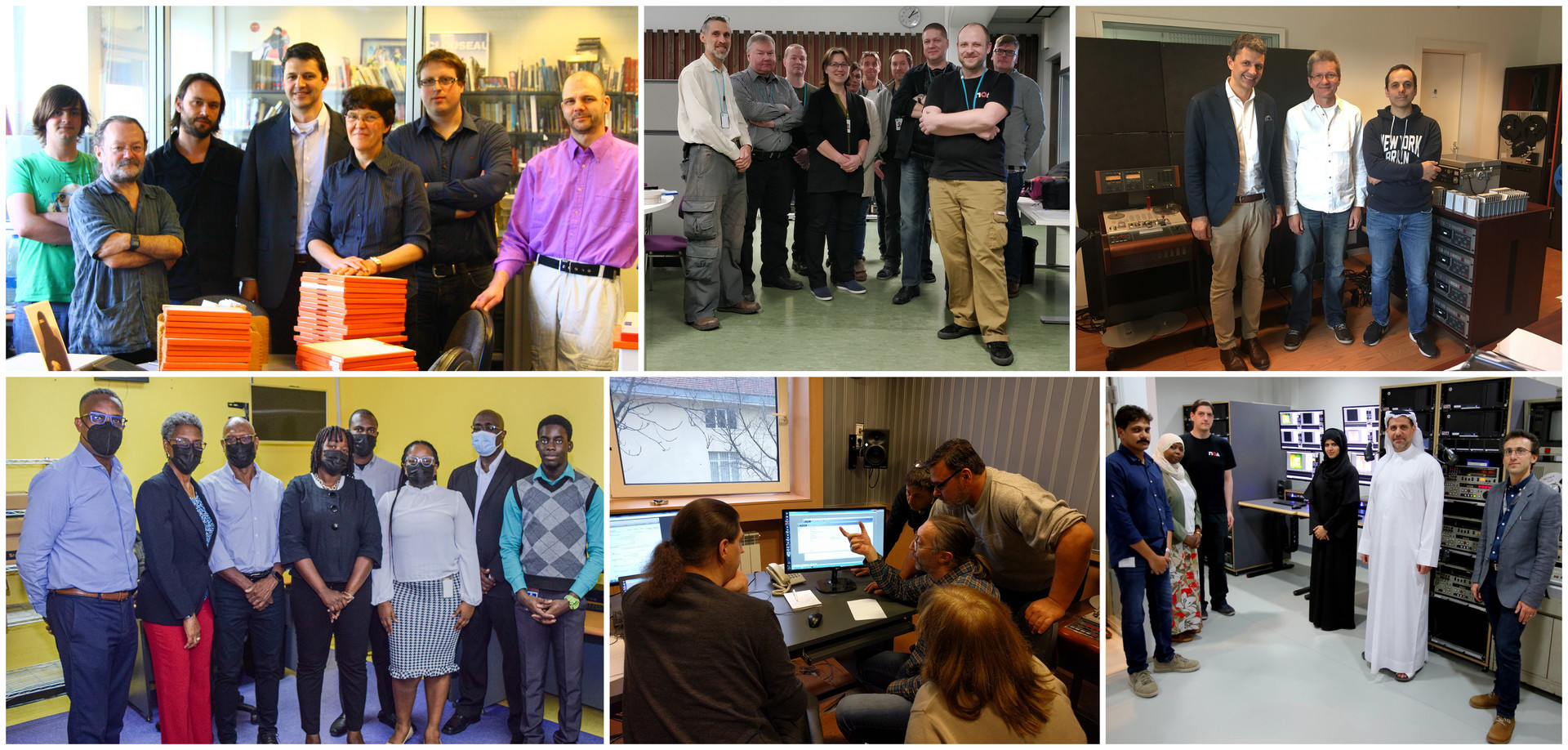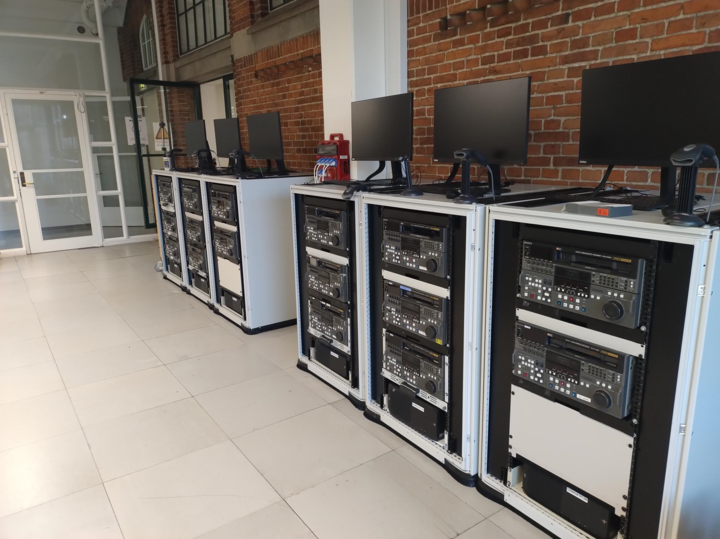Making a difference
Everybody likes to feel like they have made a difference in the world – that their efforts have had an impact. People take pleasure from the idea that even when they are long gone, they will have left behind something that matters.
We think about this a lot at NOA, because it is what our central philosophy has been based on; the idea that for many groups, communities and nations, there is a cultural legacy embodied in the content that they have created. If this content is lost, then people risk being stripped of their own enduring value and legacy. Whether it be through the volatility and susceptibility of non-duplicated archives, or the fact that changing technologies mean that the content exists but cannot be viewed or used – our aim was to create a way to gather, collate, reformat, structure and make accessible that content, so that the cultural legacy it contains can be preserved… and continued.
But we were so busy thinking about helping others to make a difference and preserve their legacy that we kind of forgot to look inwards at ourselves. Because whether we meant to or not, we ourselves have actually created something of a legacy. When we first developed our vision of a self-contained and usable archiving system that would allow archives of all types to be saved, digitized and managed, we unwittingly changed the way the whole industry thought about archiving. The product we developed – and the mindset that underpinned it – represents a legacy that has genuinely changed the wider industry as a whole. This was something that was immediately apparent to us when we recently attended this year’s FIAT/IFTA conference: the very theme of the conference itself – “Archives out of the box!” – is almost literally a description of what NOA is all about.
The wonder of ‘Archives out of the box’
In particular, the program for the FIAT/IFTA conference talked about the concept of the “emancipation of the archivist… [where they] become an important partner in the decision-making process of media organizations”. For 22 years, we have been developing a method that allows archiving to be performed anywhere and by anyone with only some basic training – allowing for intuitive and easy-to-learn (and use) tools that have the best-practice processes and theories of archiving built directly into them. This broadened who could archive – not only on an individual worker level, but at an organizational level. It made it accessible, logistically feasible and economically viable to achieve.
How exactly? With the NOA Workbench
Utilizing a harmonized soft- and hardware base (instead of several tools which are glued together), the NOA workbench allows users to process, manage hundreds to thousands of flows and digitize as many carriers per day. It can process such a high volume of input because it ensures fundamental accuracy from the start; it applies quality control of all elementary transfer parameters (such as software-controlled azimuth monitoring, BLER extraction, ISR/RF monitoring and many others) which ensures that transfer from initial carrier to destination file only needs to happen once. It is a simple philosophy but it works well: do things right, and you only need to do them once. When you combine this with parallel operation, it makes for a seriously efficient operation. And of course, efficiency means, by definition, a cost-effective and budget friendly option that widens and democratizes the practice of archiving to all types of institutions.
Making those with passion proper pros
NOA-archive-solutionsCrucially though, it is not only the affordability of the NOA workbench which opens up the potential of archiving to organizations, who before may not have had the scale of operation required to justify an in-house archiving solution. No, we were clear when we developed our solution that we needed to embed our in-depth knowledge of archival best-practice within the system itself – ensuring that even non-expert users would be able to archive their institution’s content using expert methods. This can be seen in the comprehensive workflow management embodied within the workbench; each step of the ecosystem – including inventory, preparation, documentation, cleaning, rehousing, digitization and QC – is centrally documented with exact timestamps. This gives full transparency to the process; meaning its always possible to know which file, where, when, how, from which carrier.
Service that goes beyond simple satisfaction
Even with this archival process expertise embedded within the system itself, we recognize that our duty to our clients does not end there. Because of this, we offer a comprehensive service agreement to each unit that ensures users are given all the assistance they need to ensure fidelity, accuracy and efficiency in all of their tasks. Of course, this is in part motivated by our commitment to exceptional customer service – but in truth, it’s driven by a much deeper philosophy: the integrity of the archive as a goal in itself. Both through the archiving system and the service we provide around that product in the form of consultation, best-practice guidance and ongoing service, we seek to demonstrate first and foremost our respect for the content and cultural legacy it contains. As such, we believe it is the content as much as the client that deserves our best efforts as specialists in archiving equipment.
And 22 years later…
To us, none of this is a new concept. Sure, over the course of our 22 years in business the details of our technology have evolved. But the mindset – ground-breaking then (namely 96kHz audio files in archives in the year 2000) and progressive even now – has remained the same. But as we see our competitors start to adopt similar philosophies, such as applying FFV1, an open-source, mathematically lossless video coding format, as the main archival format, we don’t feel the need to jealously guard or protect ‘our’ way of doing things. On the contrary, we’re truly pleased to see the industry as a whole embrace our vision – our ‘modus operandi’ – and apply it. Because ultimately, anything that pushes the potential of archiving contributes to the protection of cultural content legacy. And to us, that’s what matters the most.

